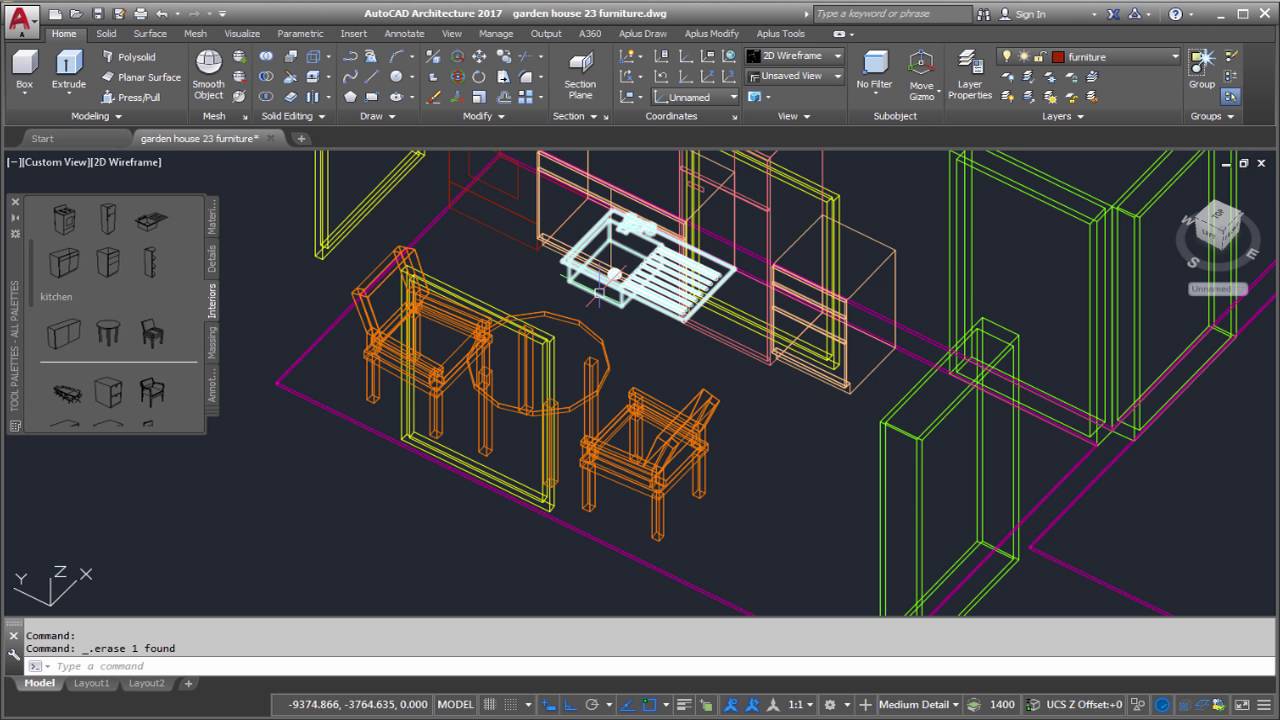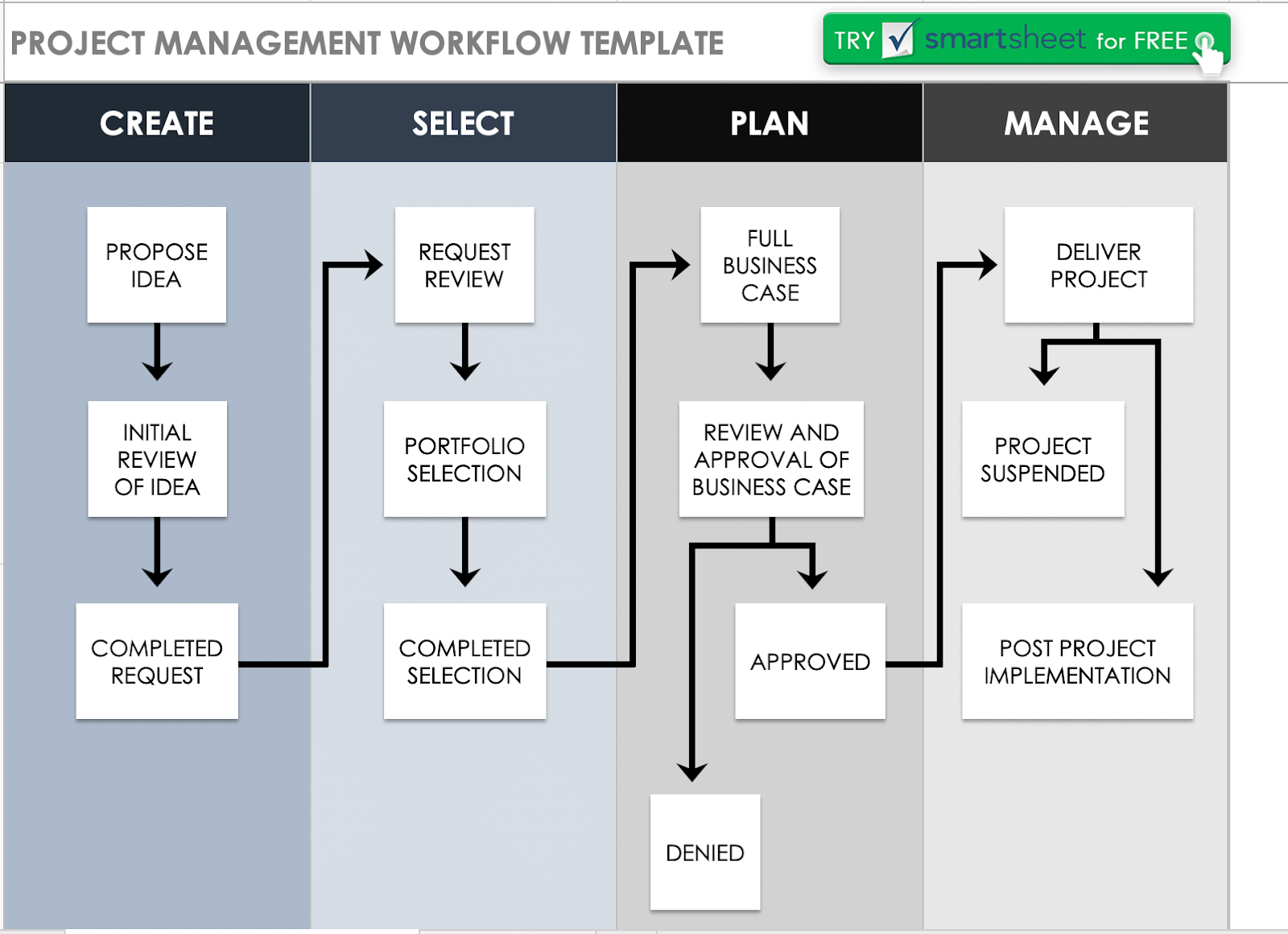In the ever-evolving world of architectural and engineering design, AutoCAD stands as a stalwart tool, indispensable to professionals worldwide. This powerful CAD software has revolutionized the way buildings and infrastructure are conceptualized, designed, and constructed. Join us on a journey through the intricate and multifaceted world of AutoCAD, exploring its key features, applications, and its profound impact on the fields of architecture and engineering.
Tag: CAD Software
CAD Software for Woodworkers: Crafting with Precision
Woodworking is a craft that demands precision and attention to detail. With the help of CAD software, woodworkers can take their skills to the next level, ensuring that every cut, joint, and design element is executed with absolute accuracy. In this blog post, we’ll delve into the world of CAD software and discover how it can revolutionize your woodworking projects.
CAD Software for Architecture Students: Learning the Basics
In the world of architecture, Computer-Aided Design (CAD) software is the backbone of every project. Whether you’re a budding architect or a seasoned professional, mastering CAD software is essential. This blog post will guide architecture students through the basics of CAD software, helping you kickstart your journey towards becoming a proficient CAD user.
CAD Software for Industrial Design: From Concept to Prototype
In the world of industrial design, turning creative concepts into real-world prototypes requires a powerful toolset. CAD software is at the heart of this transformation, enabling designers to bring their ideas to life with precision and efficiency. In this blog post, we’ll explore the role of CAD software in the industrial design process, from the initial concept stage to the creation of functional prototypes.
How to leverage software tools for more efficient engineering workflows
Software tools have become an essential part of engineering workflows, helping automate tedious tasks, streamline workflows, and improve collaboration between team members. In this blog post, we will explore some key steps that can help you leverage software tools for more efficient engineering workflows, including identifying your pain points, researching software tools, testing and implementing software tools, and monitoring and evaluating workflow efficiency







